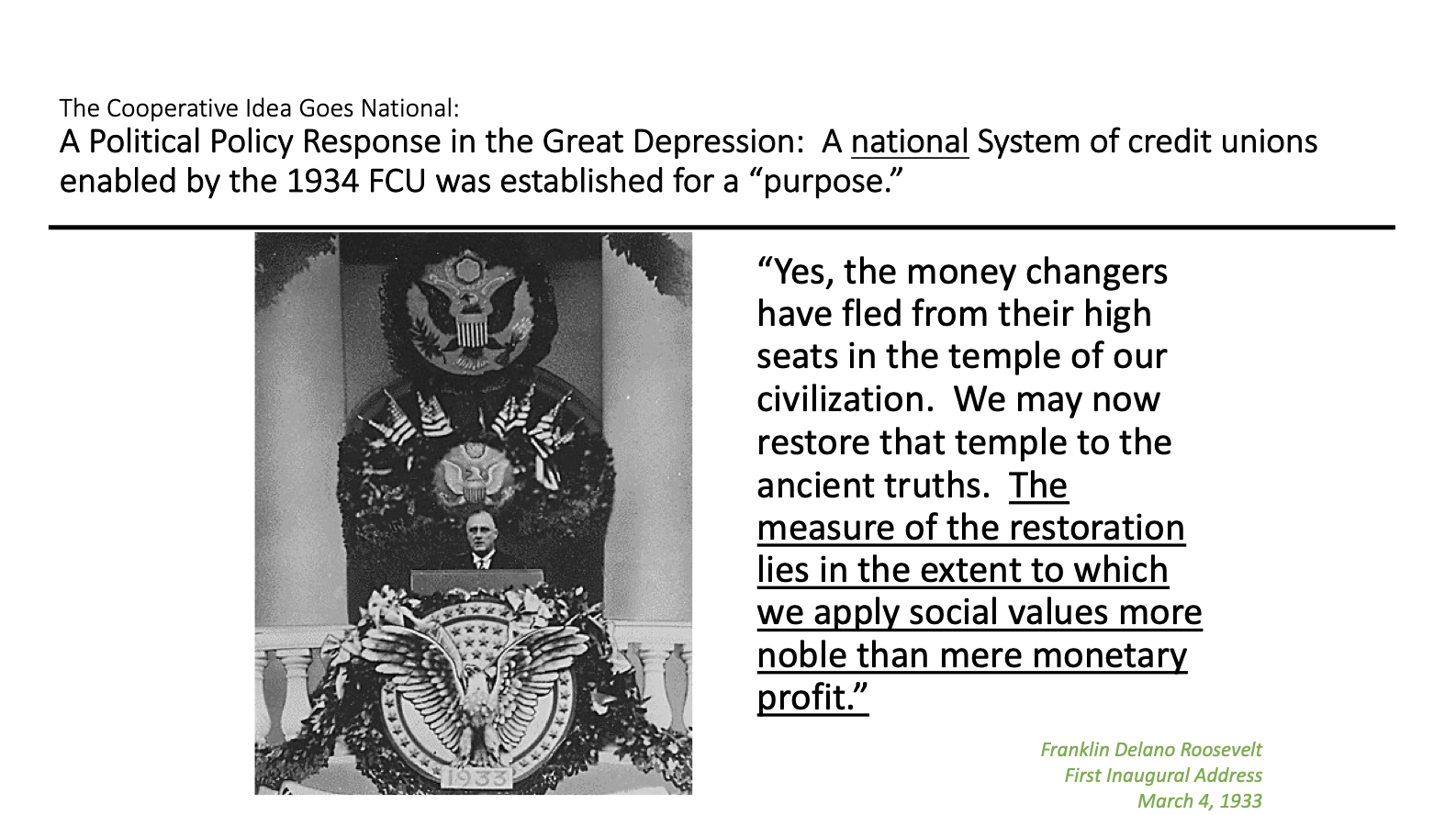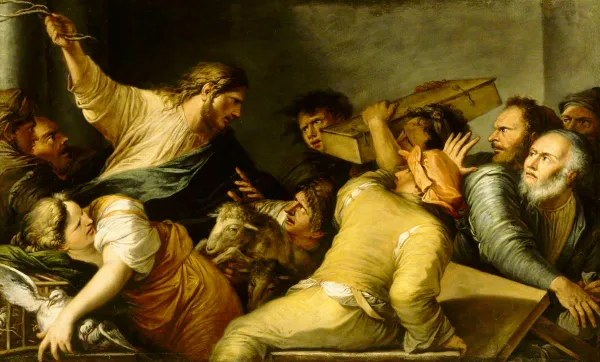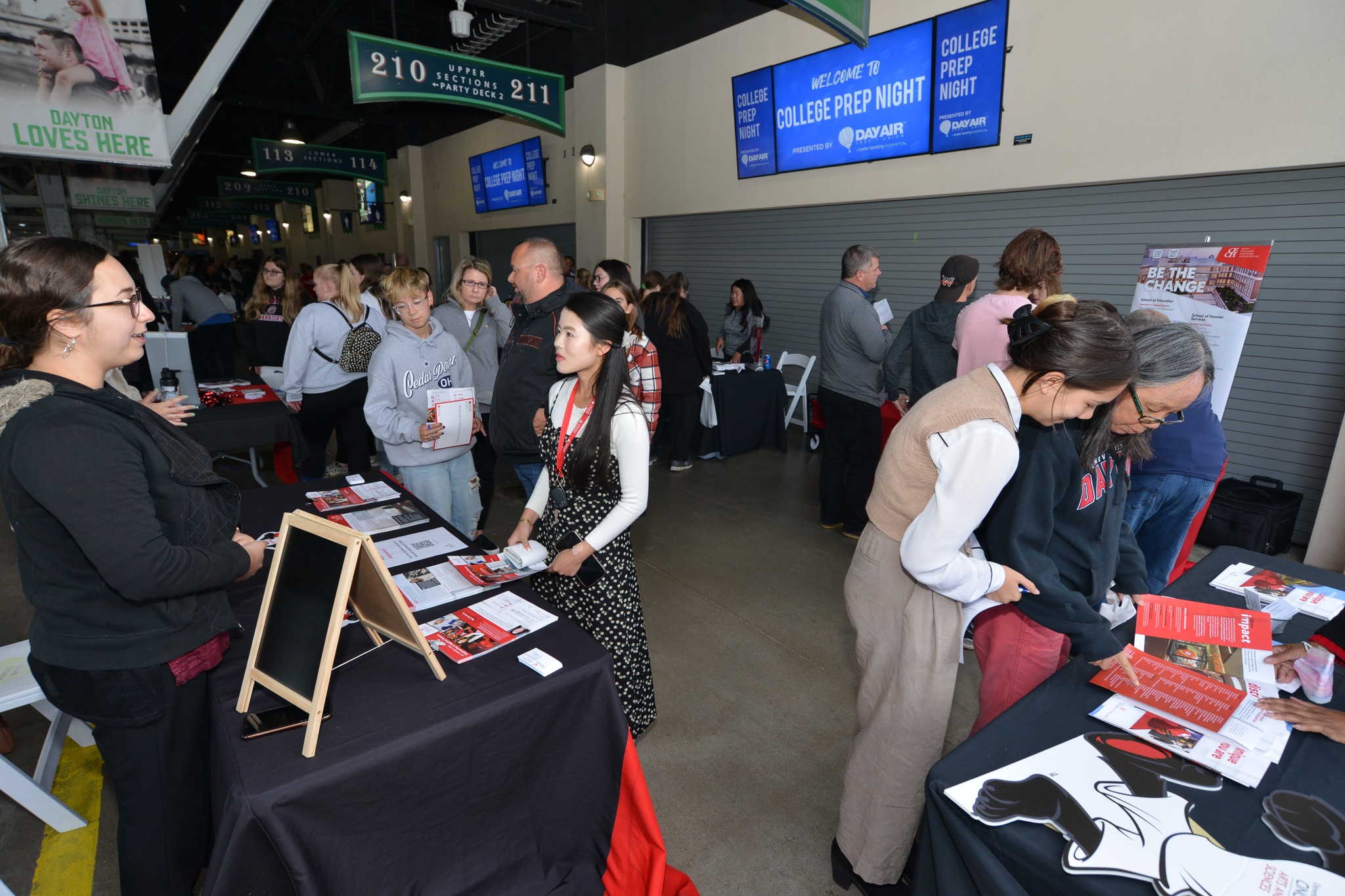Last Saturday was the annual meeting of Berkshire Hathaway (BRK) in Omaha, NB. The event, called the “Woodstock of Capitalism” was attended by over 40,000 shareholders and broadcast live on MSNBC.
I believe there are valuable observations for credit unions.
Prior to the formal annual meeting agenda Warren Buffett (age 92) and Charlie Munger (age 99) answered questions from online and in-person shareholders for over five hours separated only by a short lunch break. Their goal was to take at least 60 questions.
They covered all aspects of company operations, long term strategy, and recent decisions (eg. selling TSMC stock after holding only two months) as well as questions on Fed fiscal policy, international relations and life’s most important decisions.
The full sessions and excerpts can be found from Saturday’s edition of Buffett@response.cnbc.com, the Warren Buffett Watch.
Three Important Lessons for Coops
Here are my top three takeaways with significance for credit unions.
- Respect for shareholders. Buffett: “For fifty-eight years we have regarded shareholders as the reason for our existence.” The open-ended questions at the meeting came from young and old including families that had owned stock for generations. No subjects were off limits. The entire event was a celebration of the firm’s various businesses and designed to be both informative and a good time.
This model of dialogue with shareholders is one that can be emulated by credit unions. It would increase cooperative transparency, confidence and good governance. In Buffett’s words: “Management has an obligation to explain to shareholders everything. . .to say what they think is right. We want owners to understand what they own. . .We are working for the people in this room, not a quarterly operating target from Wall Street.”
This question and answer with ordinary people from all over the country (and other countries) was direct and straight forward. No talking down or 10-Q explanations. No discounted cash flows or present value kinds of reasoning; only plain answers to hard questions.
- The entire US banking model is under review. After the runs caused the closures of three major banks, the two most frequent proposals have been to make deposit insurance unlimited in coverage or to eliminate short selling of public bank stocks. Future uncertainty in the current environment seems probable. Unlimited deposit insurance would make all deposit liabilities of shareholder owned banks an issue of federal government backing. The second reform would reduce market discipline in the pricing of bank stock performance.
At another point in discussing property-casualty insurance (a market which operates on a margin of only 4%), Buffett noted his strongest competitor was one which created the last significant innovation: State Farm a mutual, not a stock company. Here is his analysis from the 2019 Annual meeting:
“If you go to business school, you’re taught that it’s only because you have incentives and compensation, all kinds of things, that businesses can be successful. [But] Nobody really got rich outside of State Farm. They sat there, and they are the biggest insurance company,” he claimed.
“When Leo Goodwin started GEICO 80 years ago, he probably wanted to get rich,” he said, referring to GEICO’s founder. “And probably at Progressive, I know people wanted to get rich. And at Travelers and Aetna. You can name them, dozens and dozens of companies.
“And who wins? A mutual company,” Buffett concluded.
“In terms of presence, size, they are still the biggest company. If you omit Berkshire, they have the highest net worth by far. They have $140 billion or something in net worth,” Buffett said, speculating that Progressive’s net worth is about one-sixth that of State Farm.
“We’re spending $2 billion a year telling people the same thing we’ve been telling them for 70 or 80 years.” But when all is said and done, “State Farm still does more business than anyone else, and that shouldn’t exist under capitalism.”
“If you [had] a plan to start a state farm today and had to compete with Progressive, which would bring the capital [for] a mutual society from which you are not going to withdraw the profits? It makes no sense at all,” he said.
With the market driven banking model increasingly under question, and the example of State Farm’s mutual success, is it possible that the cooperative credit union model is the best alternative design for resolving the uncertainties and internal contradictions of stock-owned depository financial institutions?
- How his insurance model benefits all BRK businesses. And why it suggests the FDIC is a flawed insurance model.
Insurance is a paid-in-advance business. This gives a firm the ability to earn on the capital and invest the float before paying out claims expense.
As an example, last year BRK was earning 4 basis points on its $125 billion cash, or about $50 million per year. Recently the company bought a Treasury bill at 5.92%. The company will earn about $500 billion this year on its cash. This float from the insurance doesn’t cost anything. Capital stock is very expensive. Debt has to be repaid like deposits. Importantly BRK has multiple options for investing its float.
The FDIC has no capital base. Its primary revenue is from premiums. The combined losses of an estimated $35 billion on the bank failures so far this year will be paid by the banking community. FDIC has not been able to accumulate earnings from its capital base to cover its risk.
The NCUSIF has a 1% capital base that matches-grows or declines-with the level of total insured shares. The earnings on this capital and additional retained earnings of .2-.3% of insured shares are sufficient to cover even the most extreme risk scenarios. So long as the investment portfolio is well managed. The NCUSIF’s breakeven earnings level is between 2.5%-3.0%. That outcome should be the measure of NCUA’s management effectiveness.
The three areas above are a trifecta for credit union optimism: the public example of shareholder-owner engagement, the questions around the US banking model, and the sounder NCUSIF financial structure. All three are inherent in cooperative design.
Tomorrow I will share some of Buffett and Mungers’ comments that have direct relevance for credit unions’ businesses. As well as some of his wisdom about life.








